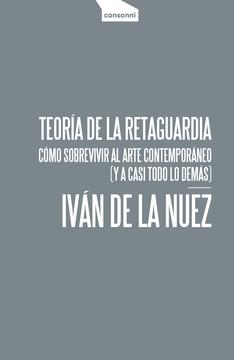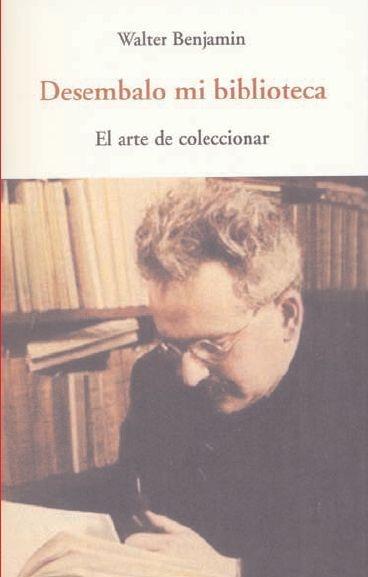TEORÍA DE LA RETAGUARDIA

Four decades ago, Peter Bürger published his Theory of the vanguard, a book of worship, focused on the two most important tasks that art then demanded: break the representation and dissolve the border that separated it from life. Failure in this double undertaking would have certified, according to Bürger, the vanguard of the vanguard and perhaps something worse: its impossibility.
Forty years later, Theory of the rearguard is an ironic manifesto that arose from this fiasco, although it does not waste time neither regretting nor making up. Especially because here it is understood that our age is not marked by the distance between art and life, but by a tension between art and survival, which is the continuation of life by any means.
In the discomfort that springs from that survival, Theory of the rearguard suspects an art that leaves its splinters in politics, iconography or literature, areas from which it returns increasingly battered to its old Ithaca: the museum. From that round trip, this scathing and austere essay -in which Duchamp stumbles with La Lupe, the revolution with the museum, Paul Virilio with Joan Fontcuberta or Fukuyama with Michael Jackson- asks if contemporary art does not end never. Because if it were mortal, then it would be necessary to write an end to it.
In stock

